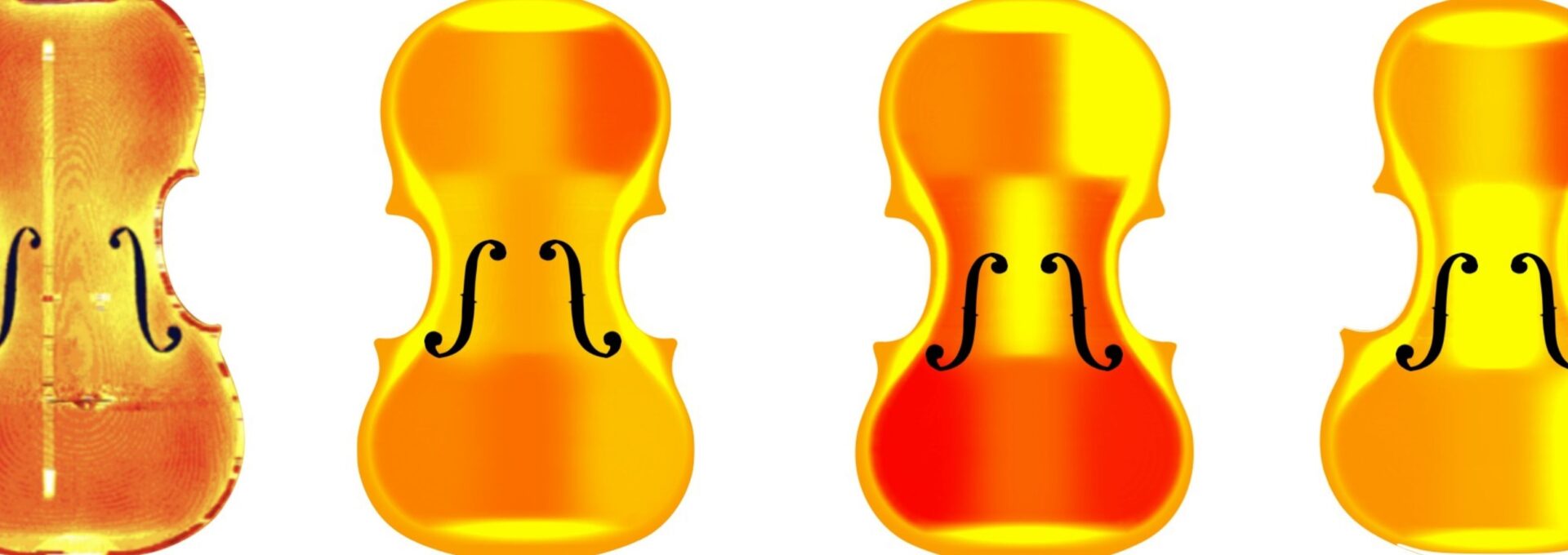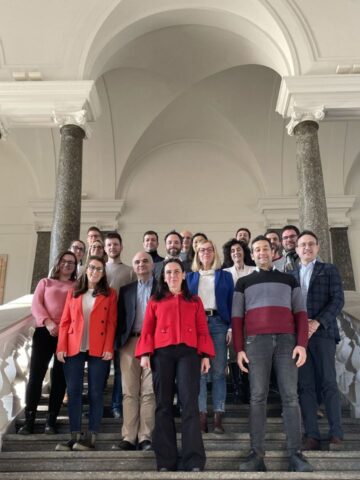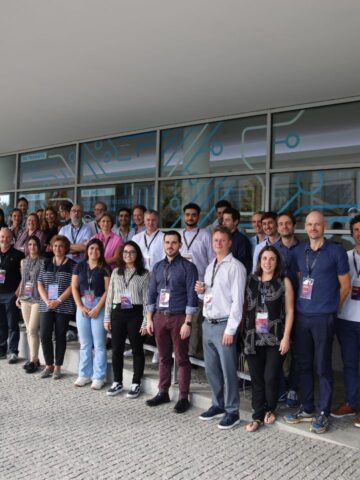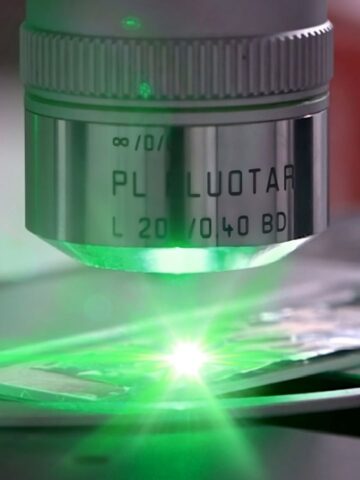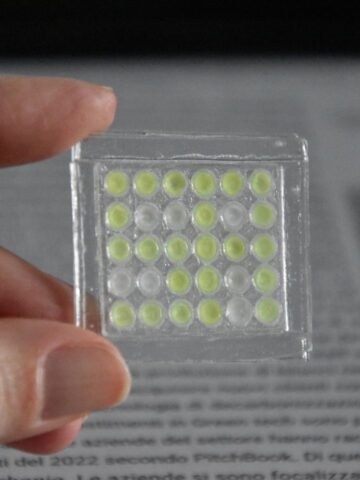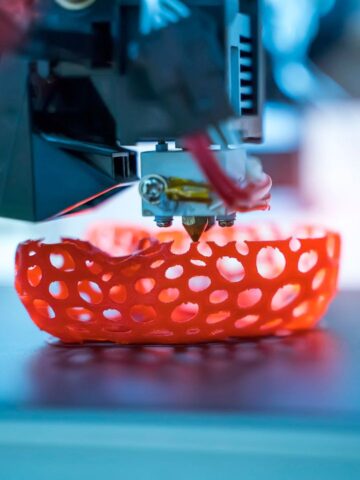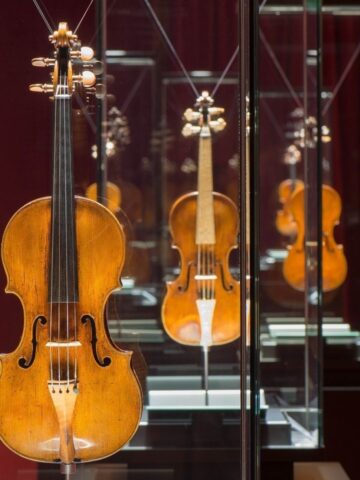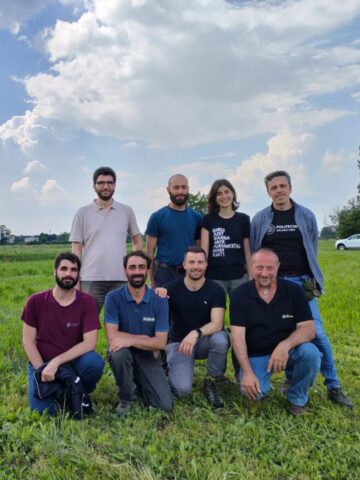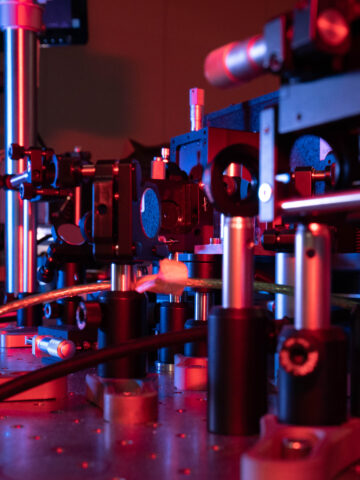It is possible, thanks to Artificial Intelligence, to predict the sound produced by a tonewood block once carved into the shape of a violin plate and to understand what is the best shape for the best sound: this is the conclusion that researchers of the Musical Acoustics Lab of Politecnico di Milano, located in the premises of the Museo del Violino di Cremona.
In the article “A Data-Driven Approach to Violinmaking”, published on Nature Scientific Reports, the Chilean physicist and luthier Sebastian Gonzalez (post-doc researcher) and the professional mandolin player Davide Salvi (PhD student) show how a simple and effective neural network is able to predict the vibrational behavior of violin plates. This prediction is obtained from a limited set of geometric and mechanical parameters of the plate.
The first step was to develop a model that describes the violin’s outline as the conjunction of arcs of nine circles. Thanks to this representation and an efficient model of the curvature of the plate, based on the renowned “Messiah” violin by Stradivarius, researchers were able to draw a violin plate as a function of 35 parameters.
By randomly changing such parameters, such as radii and center position of the circles, arching, thickness, mechanical characteristics of the wood, etc., they built a dataset of violins, which includes shapes that are very similar to those used in violin making, but also designs that had never been seen before. Such shapes constituted the input for the neural network.
Advanced tools for the modeling of vibrations were used for characterizing the acoustic behavior of each violin in the dataset.
Finally, it was possible to verify that the neural network is able to predict the acoustic behavior of a violin plate, starting from its parameters: the answer turned out to be positive, with an accuracy that came close to 98%.
This work offers an innovative and promising tool in the hands of violin makers: by using a neural network, it will enable luthiers to predict how a tonewood block will “sound” once carved into a plate. But it can also be used to design two violins with matching acoustic behavior even if built with different wood. In the future this research will allow us to select the best wood to be used for a particular violin, something that today is still based on purely aesthetic considerations.
The project was financed by Distretto Culturale della Liuteria di Cremona (Cultural District of Liuteria di Cremona).
